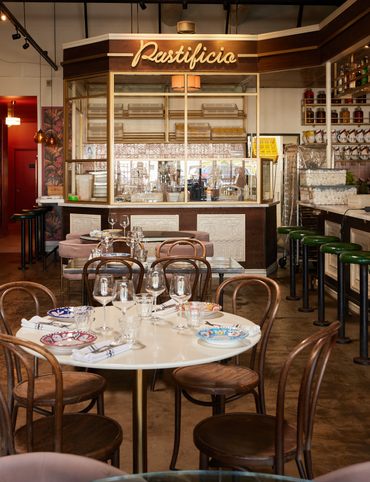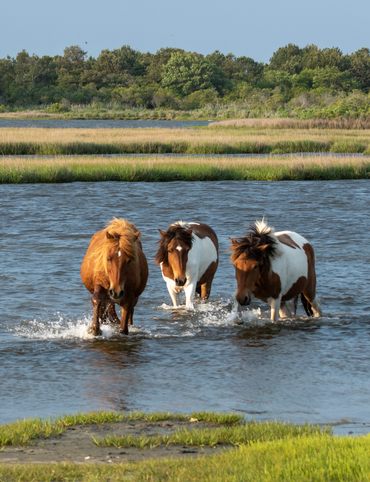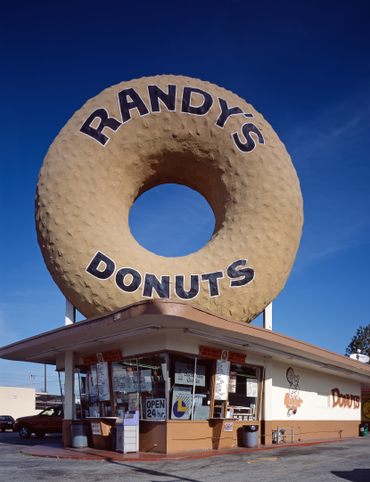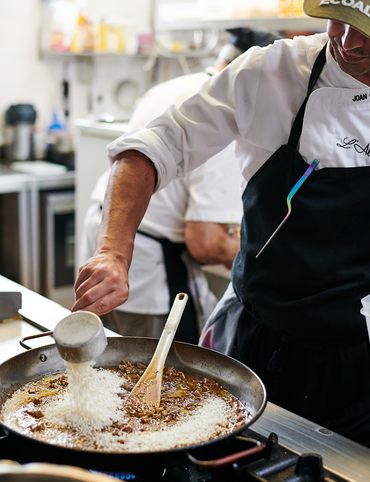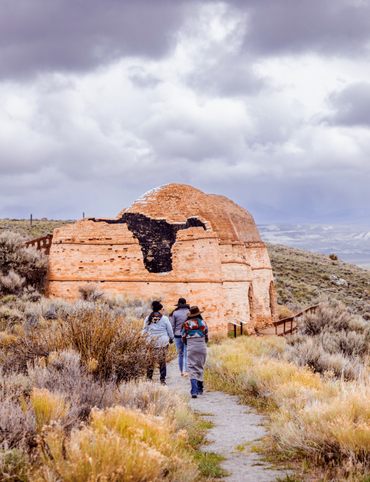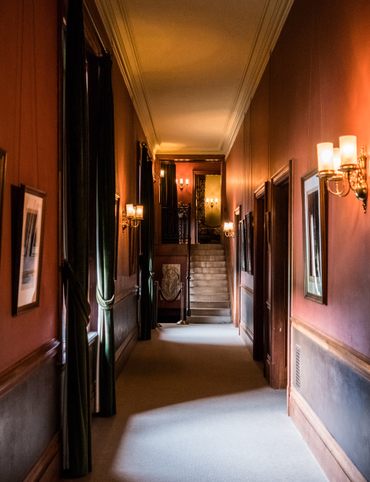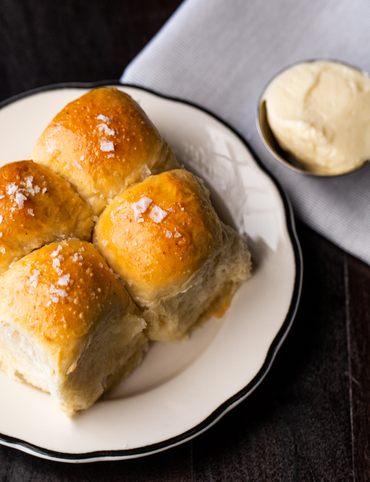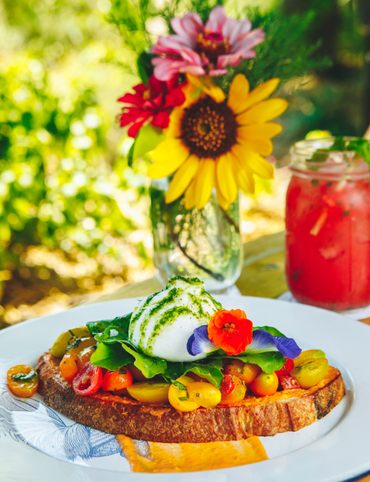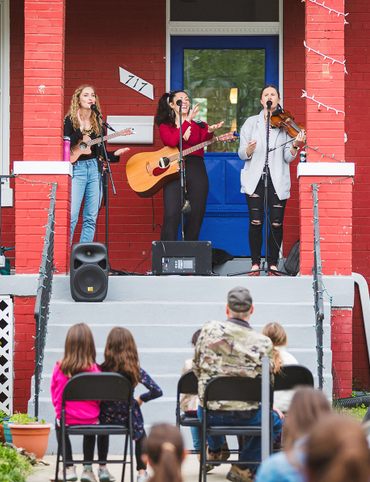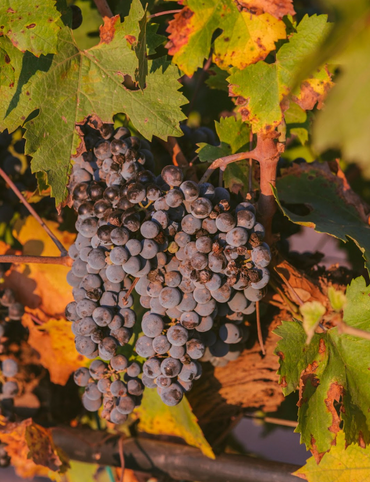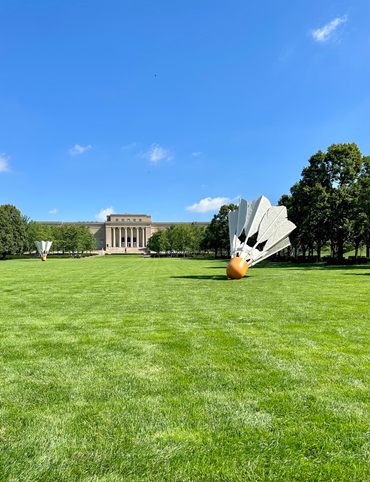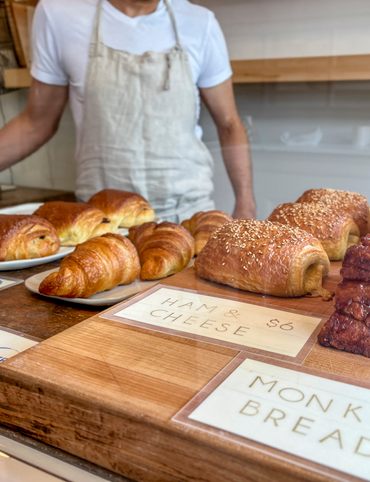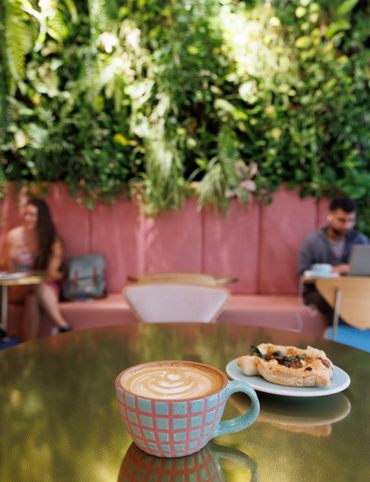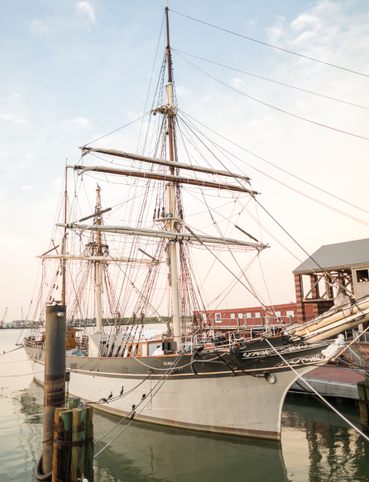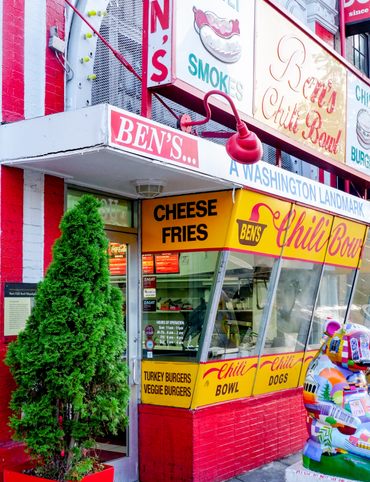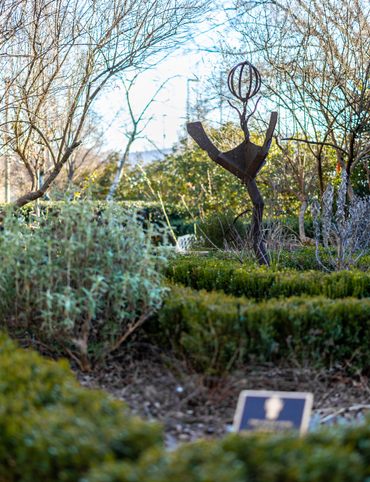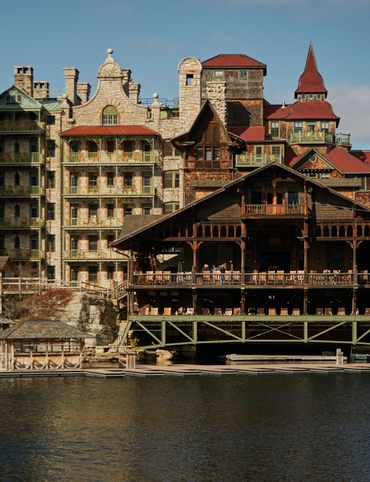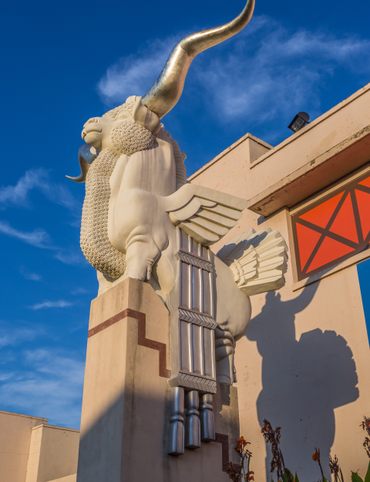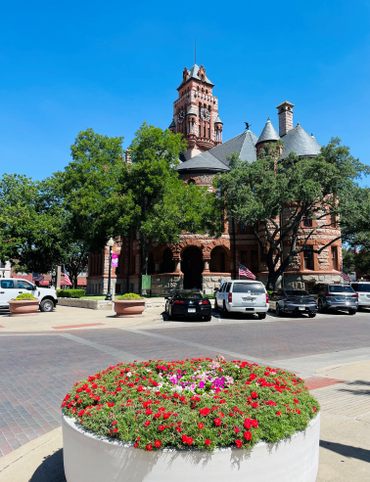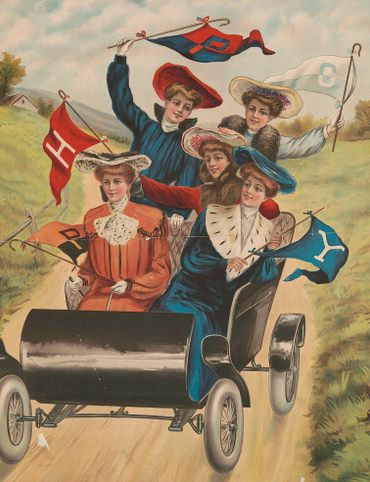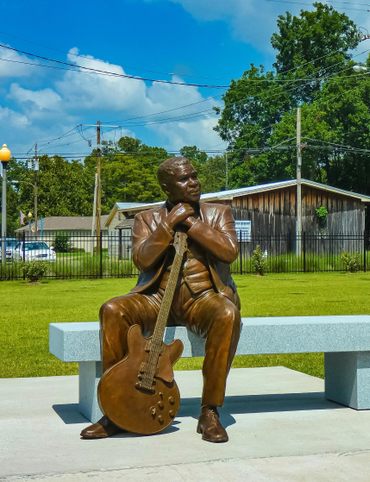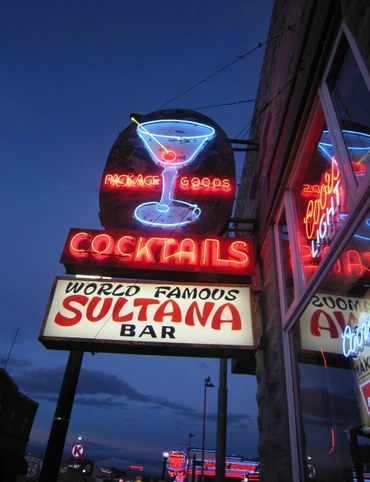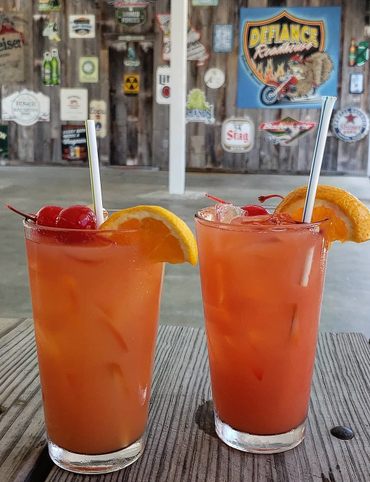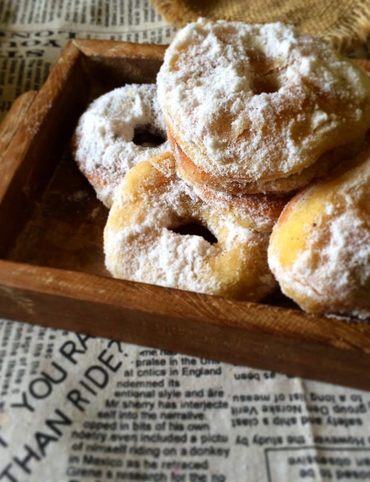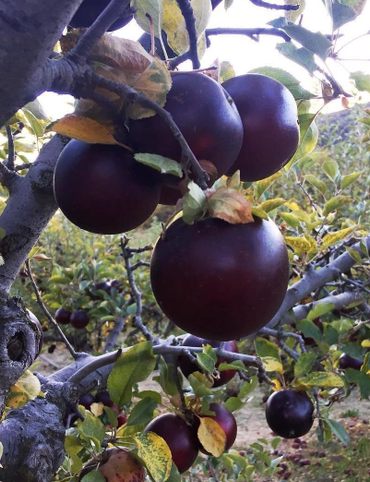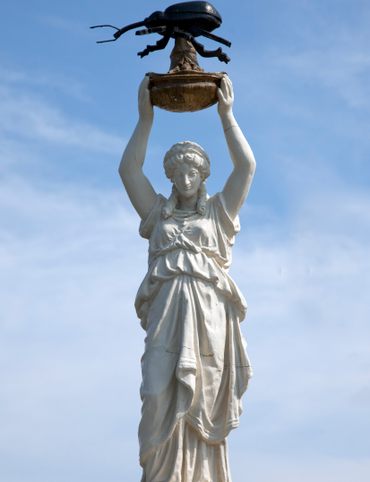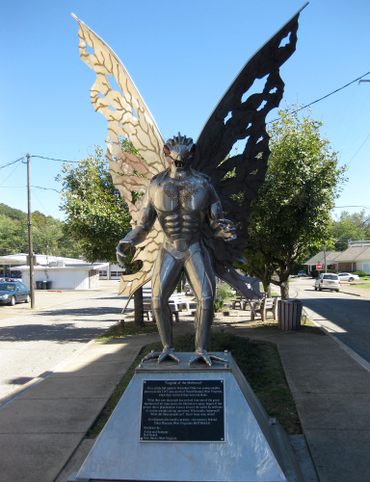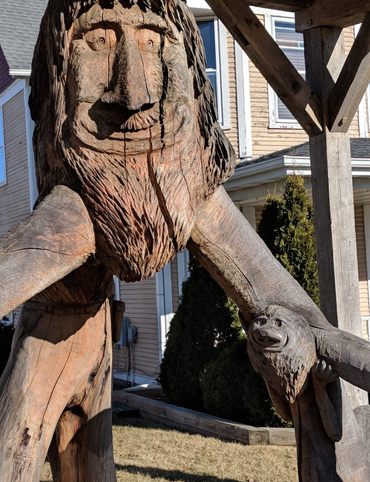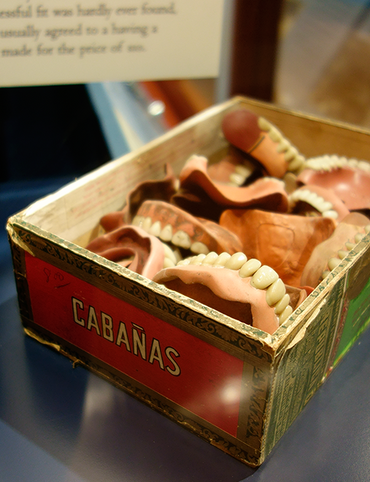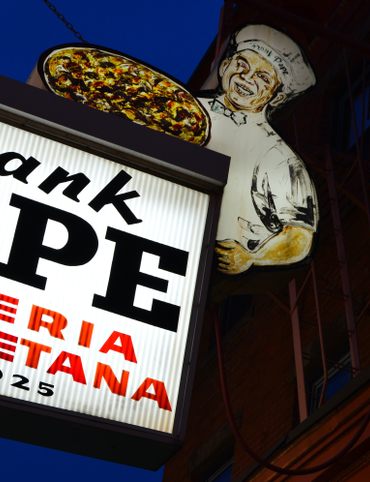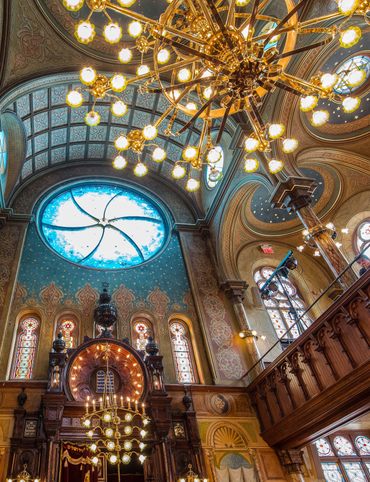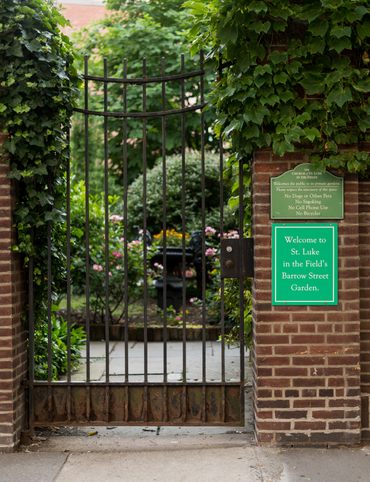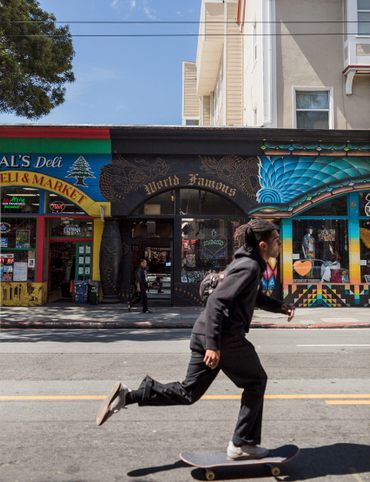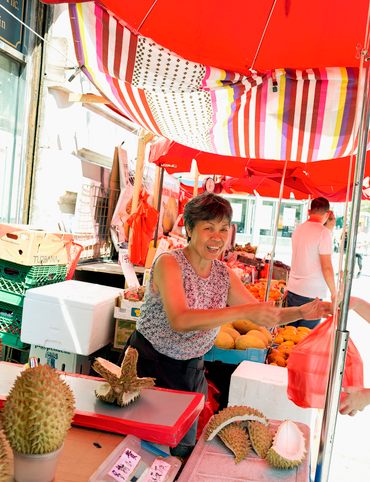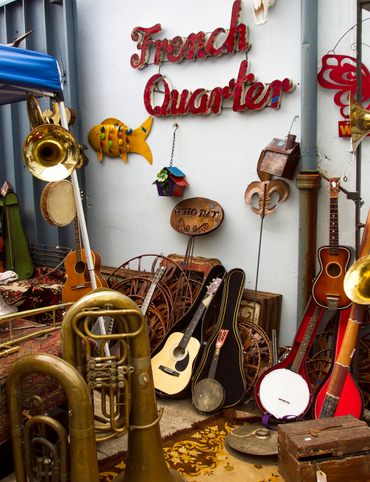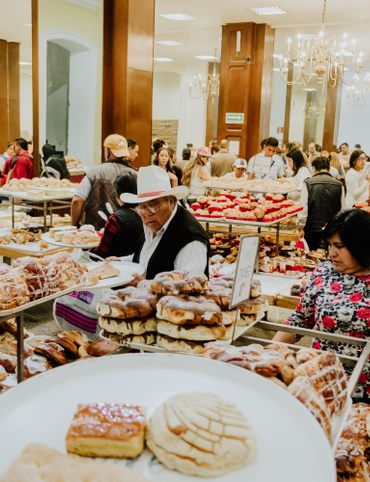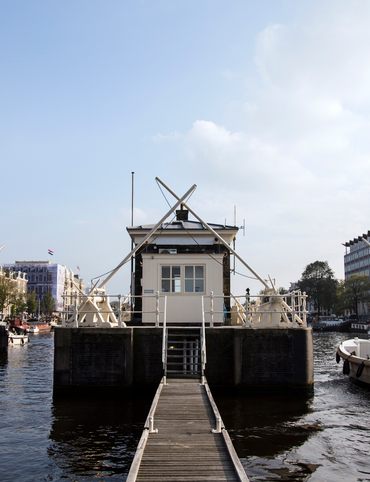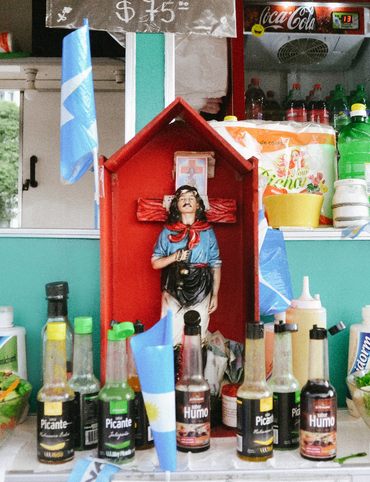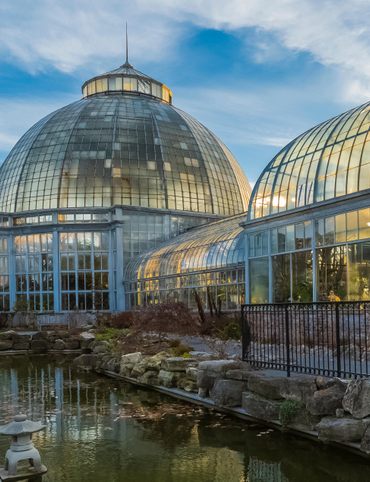Get a taste of our favorite Southern specialties on this multi-state road trip.
Gastro Obscura Guide to Southern Eats
The American South is a mecca of delectable, comforting, and enduring cuisines from an array of cultures. Ranging from Creole to soul, and from Appalachian to Zimbabwean, our multi-state guide offers a unique tasting adventure that you won’t find anywhere else in the world. This itinerary blends some of the most iconic, lesser-known food stops across Louisiana, Mississippi, Tennessee, and North Carolina into one unforgettably tasty road trip.
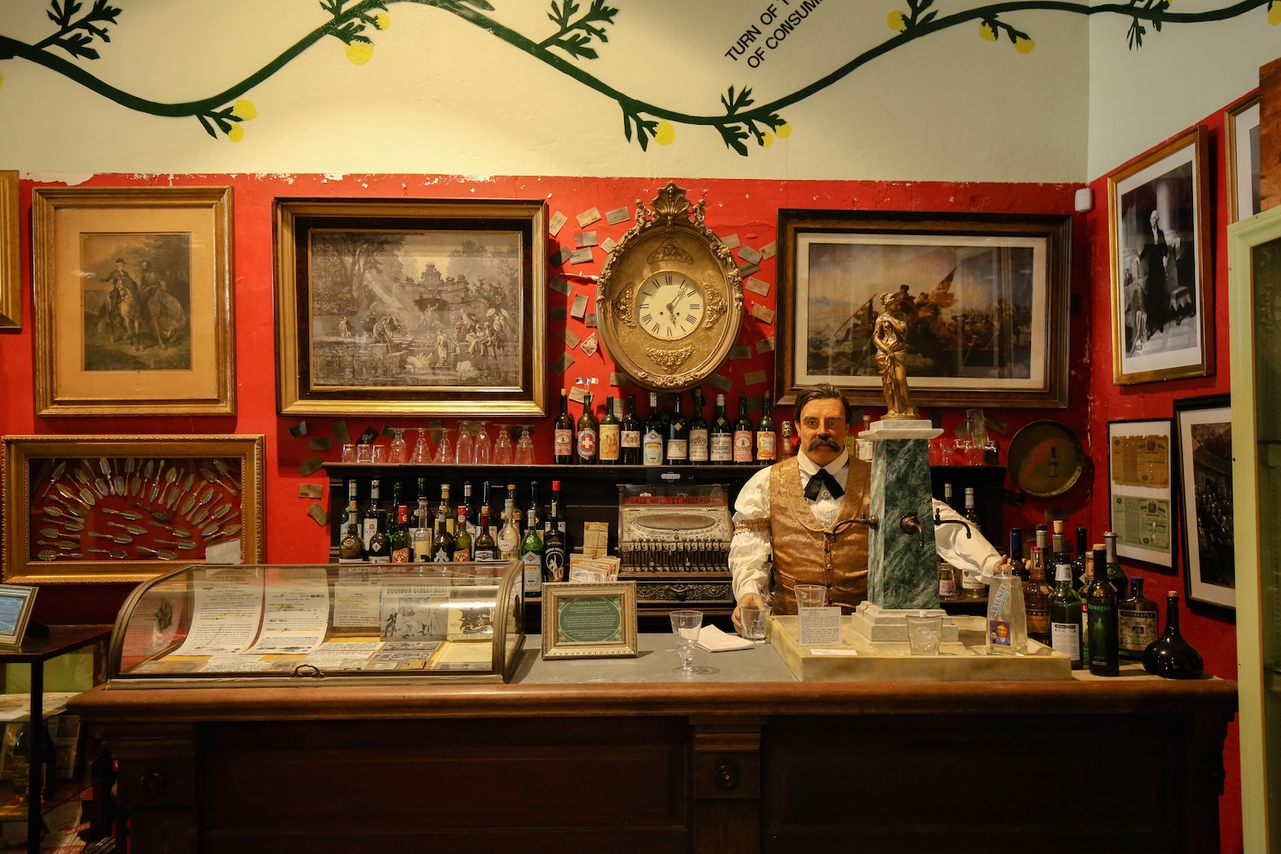
1. Southern Food and Beverage Museum
Invariably, there comes a time during every visit to New Orleans when you find yourself too full to eat even one more beignet, but you aren’t ready to stop thinking about food. The Southern Food and Beverage Museum offers the perfect compromise—an opportunity to explore the American South’s culinary history by tracing the foodways of the myriad treats and drinks that flow freely from every corner in the heart of The Big Easy.
This non-profit is “dedicated to the discovery, understanding and celebration of food, drink and its related culture and folklife in America and the world.” Inside the museum, you’ll find bite-sized facts and larger exhibitions, the most sizable of which is actually another, once-traveling museum focused on the American cocktail. This section covers the history and evolution of the cocktail, displaying everything from antique cocktail shakers to prohibition propaganda.
Between tours, cooking classes, and a deep-dive exhibit on absinthe, this history-filled wonderland at the intersection of Southern food and culture has something to tempt everyone. Plus, with its opening hours of Thursday through Monday, from 11am to 5pm, it’s a fantastic way to escape the daytime heat.
1504 Oretha Castle Haley Blvd, New Orleans, LA 70113
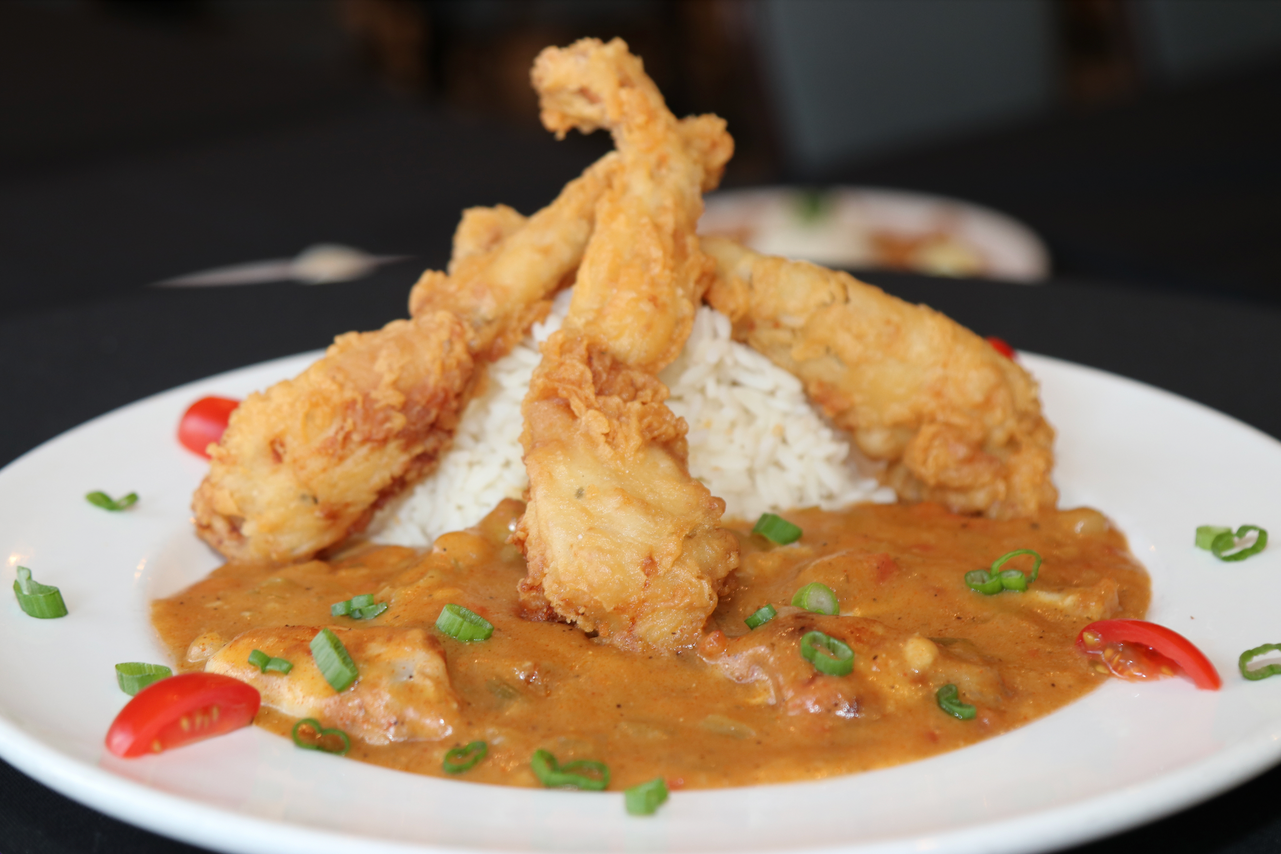
2. Chef Roy's Frog City Cafe
Rayne, Louisiana, has been the “Frog Capital of the World” for over a century. In the 1880s, Donat Pucheu, a Frenchman in Louisiana, introduced Rayne’s frog legs to New Orleans, and business boomed. At the industry’s peak, Louisiana was shipping frog legs to restaurants all over the United States—and even exporting them back to France.
When sharp decline hit the frog market in the 1970s, the city devised a celebratory way to keep their unique reputation on the map. They created the annual Rayne Frog Festival, which has since been running for more than 50 years.
While the festival takes place over just a few days each year, usually in May, there’s a perennial option for getting your amphibian fix. Slide into the lively dining room at Chef Roy’s Frog City Cafe for a platter of Fried Frog Legs and a taste of Rayne’s claim to fame. The restaurant is open year-round (every day except for Mondays).
Headed by Chef Benoit Morel, a native of Chalons En Champagne, France, since 2005, Chef Roy’s original Cajun recipes still comprise the menu, which is filled with seafood specialties such as Crab White Lake, Pepper Jelly Oysters, and plenty of crawfish.
1131 Church Point Hwy, Rayne, LA 70578
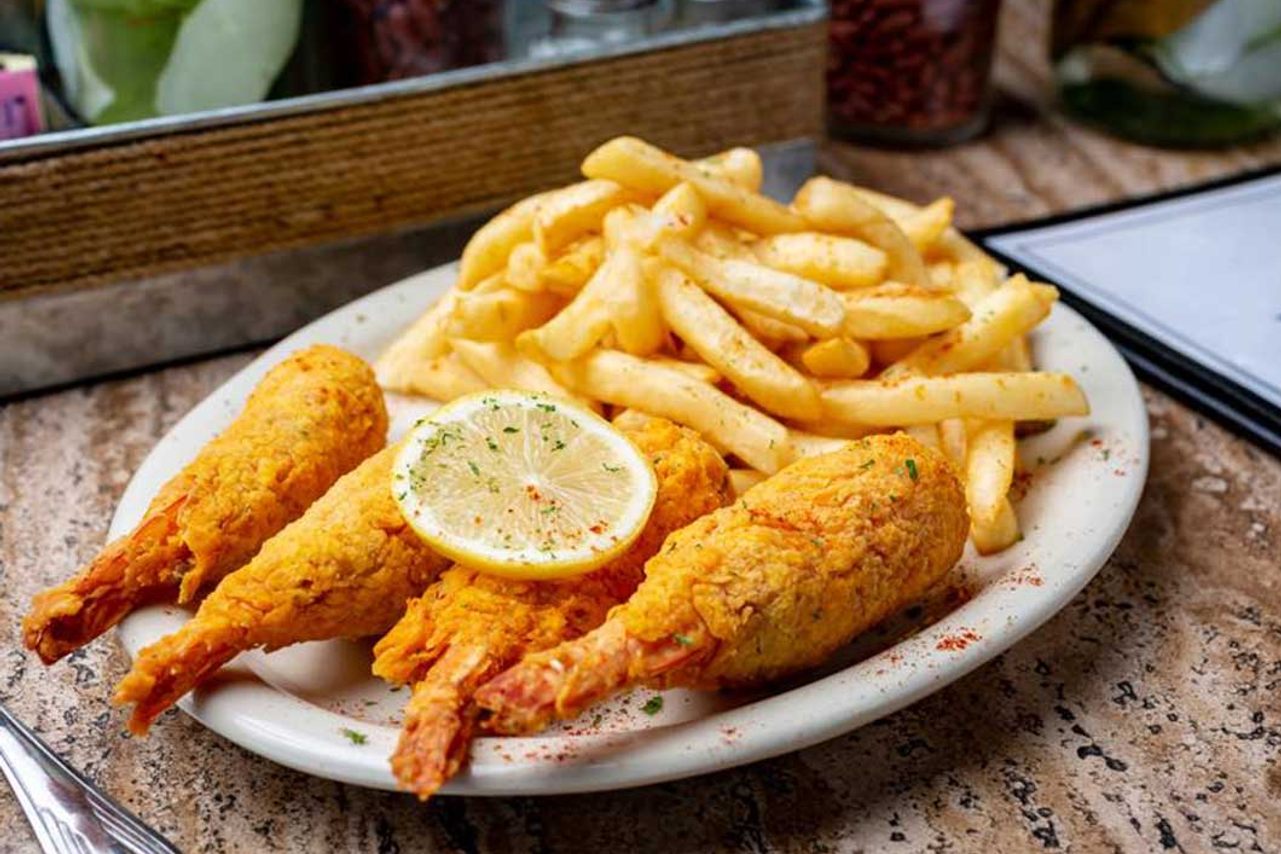
3. Orlandeaux's Café
This Shreveport institution represents the continued legacy of one family’s 102 years in the local restaurant industry. Among the oldest Black-owned restaurants in the United States, what began as Freeman & Harris in 1921 became Pete Harris. Then, it was Brother’s Seafood. Now, it’s Orlandeaux’s Café.
In 2018, the great-great-great nephews of Jack Harris and Van Freeman—the men who started Freeman & Harris—opened Orlandeaux’s Café after their father’s passing. Orlando Chapman began working at Freeman & Harris at age 13. He went on to master his own father’s 80-year-old, hand-scrawled recipes.
Despite the name changes, three critical elements have remained constant from the very beginning: the unsegregated dining room, the stellar creole cuisine, and the family behind it. Don’t miss the stuffed shrimp, a local delicacy that consists of shrimp filled with spicy Cajun stuffing and fried, served as a platter or a po’boy with house tartar house. Creole, soul, and Cajun specialties round out the hearty menu.
5301 S Lakeshore Dr, Shreveport, LA 71109

4. Doe’s Eat Place
Dominick “Big Doe” Signa began selling hot tamales in Greenville, Mississippi, in 1941. He’d just taken over the grocery that his father opened in 1903. “Papa’s Store,” as the Italian-American family called it, operated successfully until a flood in 1927. To stay afloat, Big Doe went into bootlegging. Then, the store became a juke joint that served chili and buffalo fish to the city’s Black community.
The Signa family operated from the front of their home on Nelson Street, a strip that served as a hub for local Black culture. As rumors of the spot’s delightful food spread, white customers started flocking to Nelson Street. Reversing the era’s segregationist policies, Black patrons entered Signa’s juke joint through the front, while white patrons entered into a back room, picking up hot tamales, steak, and spaghetti to-go.
As customers began seating themselves at the small table in the Signa family’s kitchen, the takeout eatery slowly shifted into a restaurant. Big Doe converted the whole ground floor into an “eat place,” and came up with an informal menu, from which the original chili, hot tamales, steaks, and spaghetti are still on offer. Today, Big Doe’s descendants and extended family run the operation, cook steak on the same broiler, and greet customers who enter through the old honky-tonk, which is now the kitchen.
502 Nelson St, Greenville, MS 38701

5. Coney Island Cafe
It may surprise you that a diner celebrating its centennial anniversary serves buzzworthy food. But such is the curious case of Coney Island Cafe, a Hattiesburg icon that opened in 1923. Beyond its unapologetically classic selection of diner fare—think burgers, curly fries, and breakfast options—Coney Island Cafe upholds its name by serving hot dogs “made all the way,” or dressed in chili, pickles, mustard, and onion.
For the uninitiated, a Coney Island hot dog sits in a steamed bun, coated in beanless chili with mustard and chopped onions. Many Coney fans assume that the chili-cheese atop their dogs has a Mexican origin, but its roots are actually in spiced Greek red sauce. The first Coney Island hot dog stands were founded by Macedonian and Greek families in the United States about a century ago.
Fittingly, BJ and Kayla Fokakis, the current co-owners of Coney Island Cafe, inherited the business (a few generations later) from their great-great-grandfather Arthur, who immigrated from Greece in 1919. Outfitted with diminutive booths and wooden walls adorned with family photos, it’s an enduring haven for a comforting, inexpensive meal. Coney Island Cafe opens at 6 a.m. everyday and closes at 2 p.m. on weekdays, noon on weekends. Make sure to bring cash.
400 Main St, Hattiesburg, MS 39401
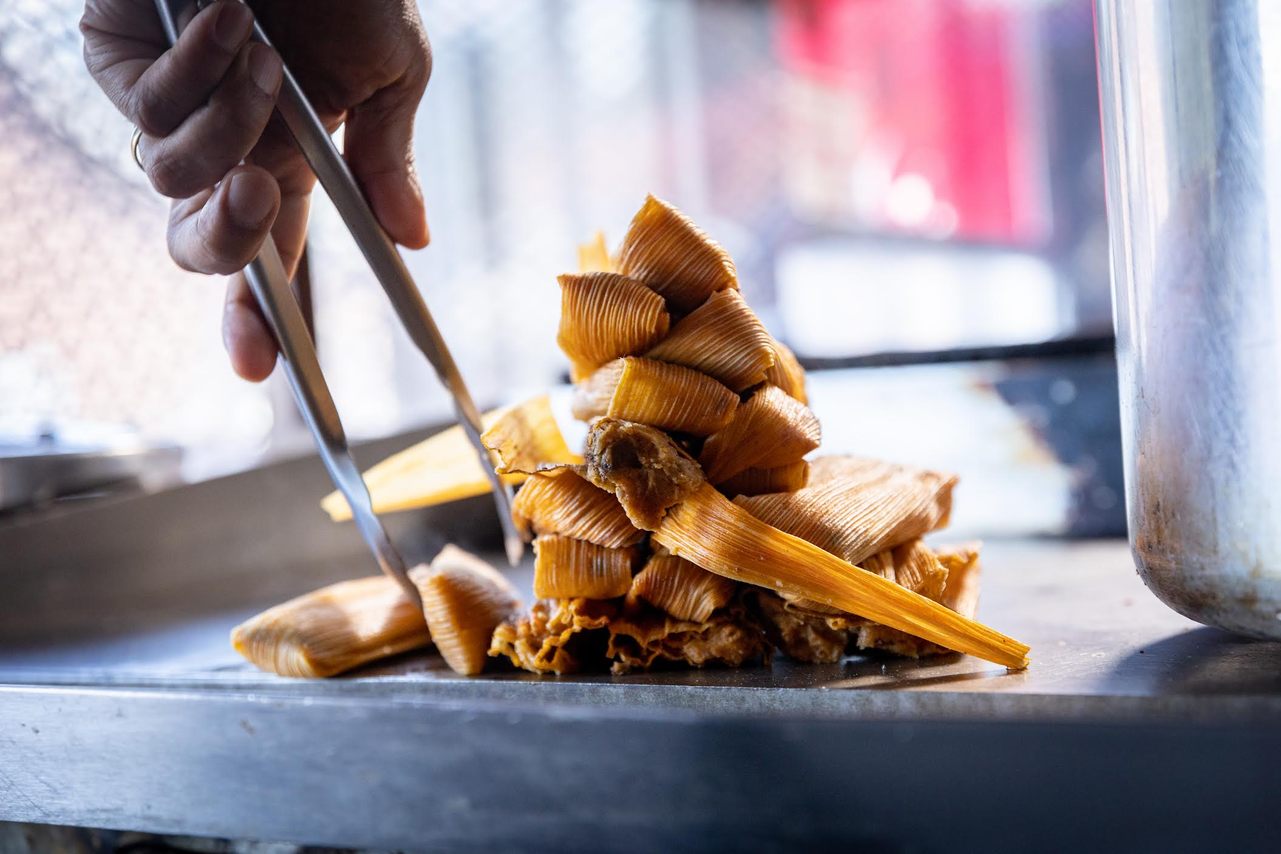
6. Big Apple Inn
The Big Apple Inn’s humble exterior is home to serious civil rights history, incredible tamales, and pig ear sandwiches. The story begins when Juan “Big John'' Mora arrived in Jackson, Mississippi, by way of Mexico. In 1939, he opened the Big Apple Inn in Mississippi's Little Harlem neighborhood. There, he sold tamales, burgers, hot dogs, and smoked sausages. But when he saw a butcher throwing out pig ears, he intercepted. He rescued and slow-cooked the meat, slid it onto a bun, and a savory, tender sandwich was born.
Eventually, Mora’s son Harold Lee took over the business, which became a home base for civil rights activists. Freedom Riders planned events over lunch, NAACP Mississippi field secretary Medgar Evers had an office one floor above, and local civil rights leader Fannie Lou Hamer was known to stop by for a sandwich every now and then, too.
While many of Little Harlem’s businesses have shuttered, the Big Apple Inn remains, still serving pig ear sandwiches with coleslaw and hot sauce. Mora’s great-grandson, Geno Lee, is the current owner of the Inn.
509 N Farish St, Jackson, MS 39202
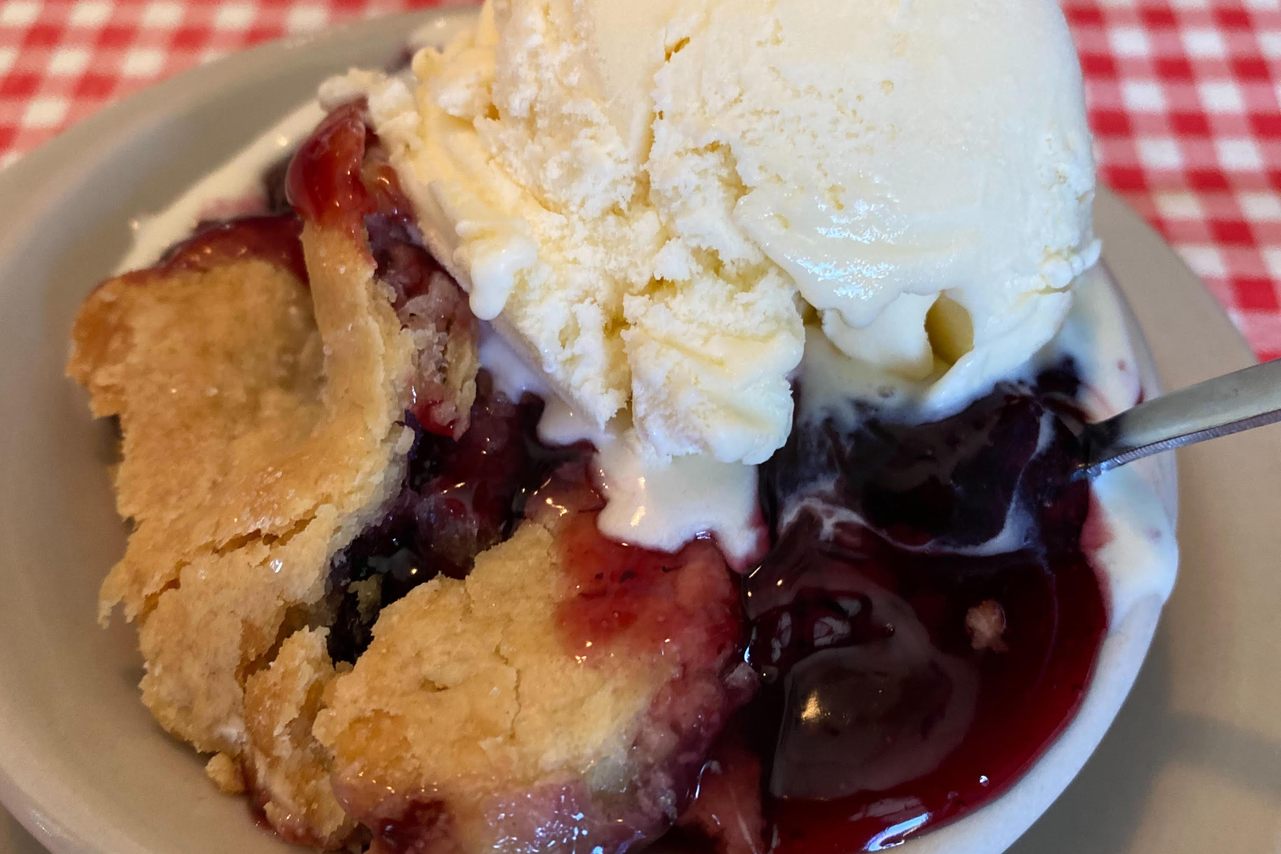
7. Bell Buckle Cafe
Each June, the charming town of Bell Buckle, Tennessee, throws a party in honor of an iconic local pairing: MoonPies and RC Cola. MoonPies—two round graham cracker cookies sandwiching marshmallow and enrobed in a chocolate coating—have been a specialty of nearby Chattanooga, Tennessee, since 1917. RC (“Royal Crown”) Cola is a Georgia-based soft drink that tasters liken to Pepsi.
In the 1950s, each item could be purchased for a nickel, and the duo became known locally as “the working man’s lunch.” In 1992, in honor of MoonPie’s 75th anniversary, Bell Buckle (population 405) offered to throw the treat a birthday party. The celebration became an annual festival still going strong more than 25 years later.
Since you won’t likely hit town during the one-day festival, Bell Buckle Cafe is the place to get your fix. The Chattanooga bakery that churns out MoonPies sends them straight to Bell Buckle, where they end up in decadent sundae. To balance out the sweetness overload, the restaurant dishes up country favorites such as barbecued pork, chicken pot pie, carrot souffle, fried okra, and turnip greens.
16 Railroad Sq E, TN-269, Bell Buckle, TN 37020
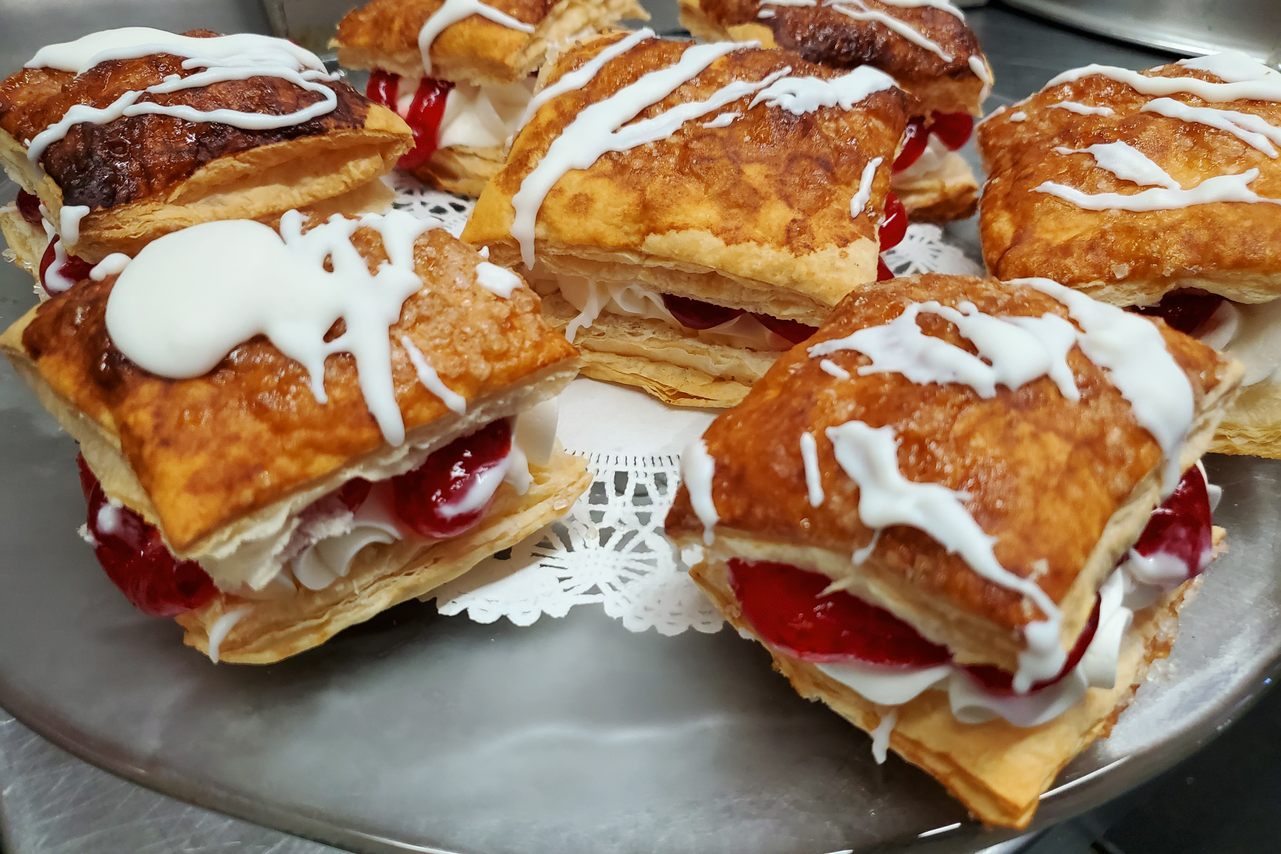
8. Dutch Maid Bakery
Tennessee’s oldest family-owned bakery was established in 1902 by Swiss immigrants John and Louise Baggenstoss. Today, this time capsule of scratch-made pastries is on its third owner in 121 years, and Chef Cindy Day and her family are fully committed to keeping its original spirit alive.
Everything is made the old-fashioned way, from the chocolate eclairs to the extremely rare loaves of salt-rising bread. It’s unlikely you’ve encountered salt-rising bread in this century, but it was ubiquitous on the American frontier. Back then, women on the move didn’t keep bread starters. Instead, they cultivated Clostridium perfringens, a bacteria in potatoes or cornmeal that they mixed with flour. The microbes create hydrogen, which leavens dough and yields a fine-crumbed, dense, and tender bread with a cheesy aroma.
The Baggenstosses baked this funky, fresh loaf for travelers on the Appalachian Trail in the early 1900s. Dutch Maid is one of the few places you can still find salt-rising bread in 2023. You’ll also find a cafe menu, plus an assortment of fresh danishes, bars, turnovers, barks, cookies, and breads, served from 9 a.m. to 4 p.m. every day except for Sundays.
109 Main St, Tracy City, TN 37387

9. The Four Way
Perched in South Memphis’s “Soulsville”—so named for housing Stax Records (once a renowned soul music record label, now a museum)—The Four Way is a legend among legends. This 77-year-old soul food haunt served as a critical gathering place for organizers and leaders during the civil rights era, feeding everyone from Dr. Martin Luther King Jr. to Rosa Parks, and from Jesse Jackson to Aretha Franklin.
Irene and Clint Cleaves opened the Four Way in 1946, running it together until Clint passed, 34 years later. Irene continued operating the business until 1996. It’s now one of only two Green Book locations still standing in Memphis. During their tenure, musicians from Stax, neighborhood locals, visiting notables, and civil rights figures shared the dining room, savoring the home-cooked dishes that continue to grace the menu.
Today, you’ll find Patrice Bates Thompson following in her parents' footsteps - preserving The Four Way’s myriad legacies. Naturally, this includes the food. Try her coveted pork neck bones (or, if they’re sold out, the fried chicken or catfish) with pinto beans, mac ‘n’ cheese, and cornbread. The fried green tomatoes are also a classic. And did we mention there’s peach cobbler, strawberry cake, and sweet potato pie for dessert?
998 Mississippi Blvd, Memphis, TN 38126
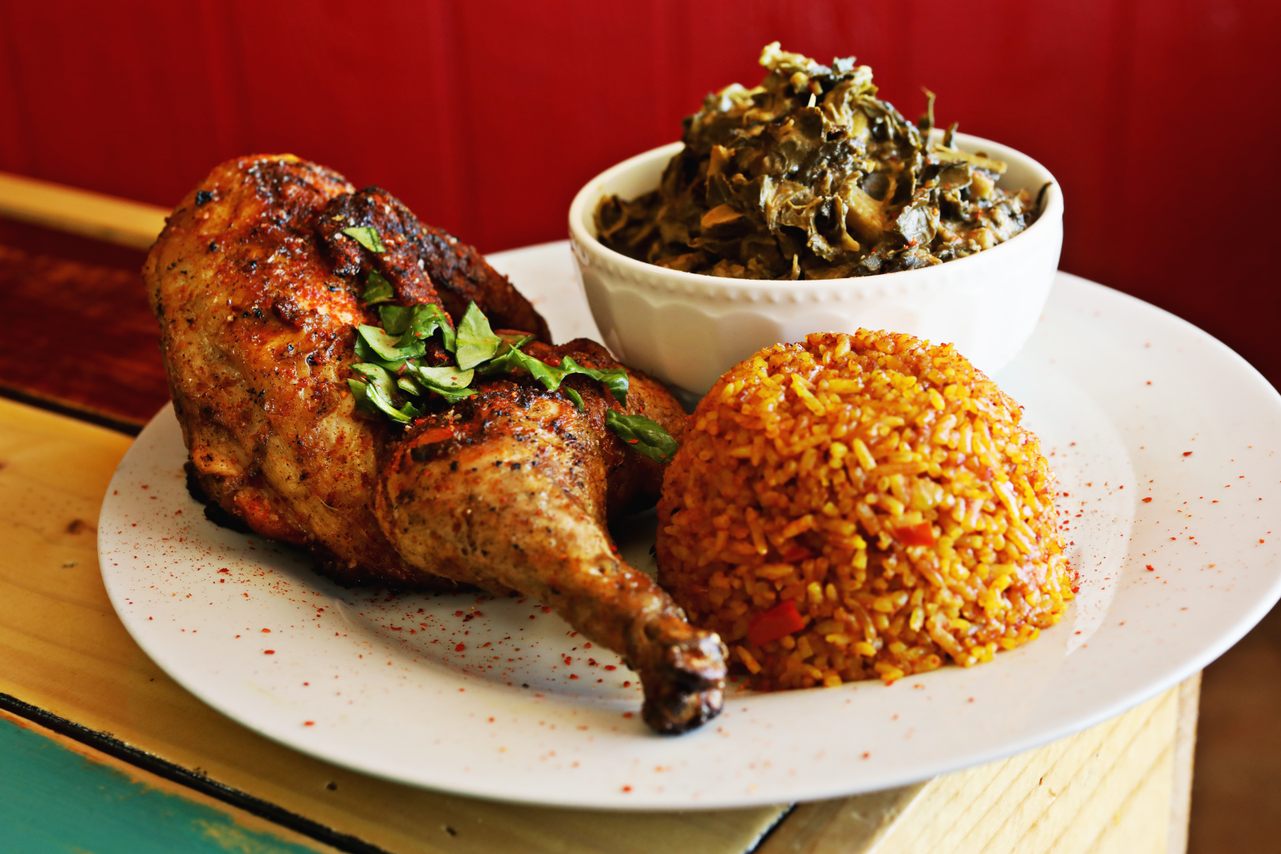
10. Zweli's Piri Piri
Like many great eateries, Zweli’s Piri Piri sits in a generic strip mall at the intersection of two cities. But don’t let the exterior fool you—this vibrant homage to Zimbabwe is anything but standard fare. In fact, it’s the preliminary eatery of its kind. Hailed as America’s first Zimbabwean restaurant, Zweli’s has since claimed a second location on Duke University’s campus and is opening a third spot this coming fall.
The original restaurant, however, will always be special. Zwelibanzi Moyo and her husband Leonardo Williams opened Zweli’s together in 2018. The pair met in college, when Zweli left southern Africa to study at North Carolina Central University. They fell in love, then lost touch for more than a decade. In 2014, they reconnected and were married soon thereafter. A family business in the truest sense, Zweli’s original location is also manned by their son, Izaiah, and Leo’s mother, Yolanda.
The menu ranges from the globally familiar (piri piri chicken wings), to the distinctly southern African (boerewors sausages), but every dish benefits from Zweli’s uniquely skilled hand in its preparation. The incredibly tender braised oxtail is nothing short of heavenly, and be sure to order a side of peanut buttery dovi collards with whatever you choose. Visit for dinner between 5–9 p.m. Monday through Thursday, or from noon to 9 p.m. on Fridays and Saturdays.
Brightleaf Square, 905 W Main St, Durham, NC 27701
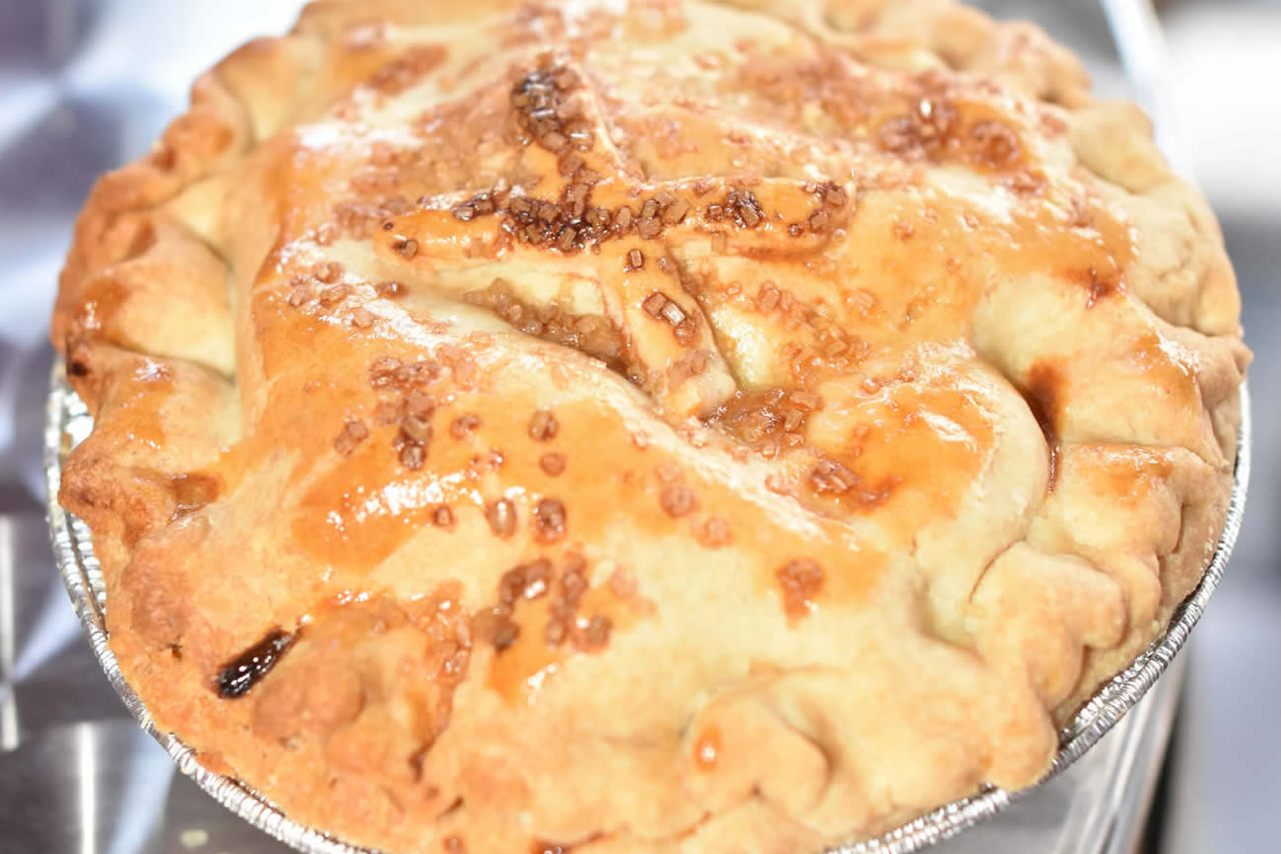
11. Miss Angel's Heavenly Pies
Surry County locals love sonker so much that it has its own food crawl. But, unless you’re from North Carolina, you probably have no clue what sonker is. This bubbling, deep dish dessert is made up of baked fruit, often berries, peaches, apricots, or apples (or even sweet potatoes—the state crop), topped with a crust or batter. It falls somewhere between a cobbler and a pie, and Surry County’s residents have been baking sonker and passing down its associated family recipes for generations.
Scottish in origin, sonker is the creation of the Scottish immigrants who began arriving in what is now Surry County during the early 1700s. In Scottish dialect, the word “sonker” meant a grassy knoll for sitting or a straw saddle. Some suspect that the dessert’s name refers to its irregular dough topping’s likeness to a straw saddle, but no one is certain. Luckily, this mystery has done nothing to stop the hyper-local dessert from thriving within the boundaries of its county lines.
The Surry Sonker Trail features eight stops that offer this unique treat, including bakeries, restaurants, a social house, a chocolatier, and a general store. We recommend getting your fix at Miss Angel’s Heavenly Pies. This from-scratch bakery offers an ever-changing sonker known as their “Bonkers for Zonker,” which is filled with fresh fruit grown on Miss Angel’s nearby 65-acre farm and orchard, then topped with a moonshine glaze.
153 N Main St, Mt Airy, NC 27030
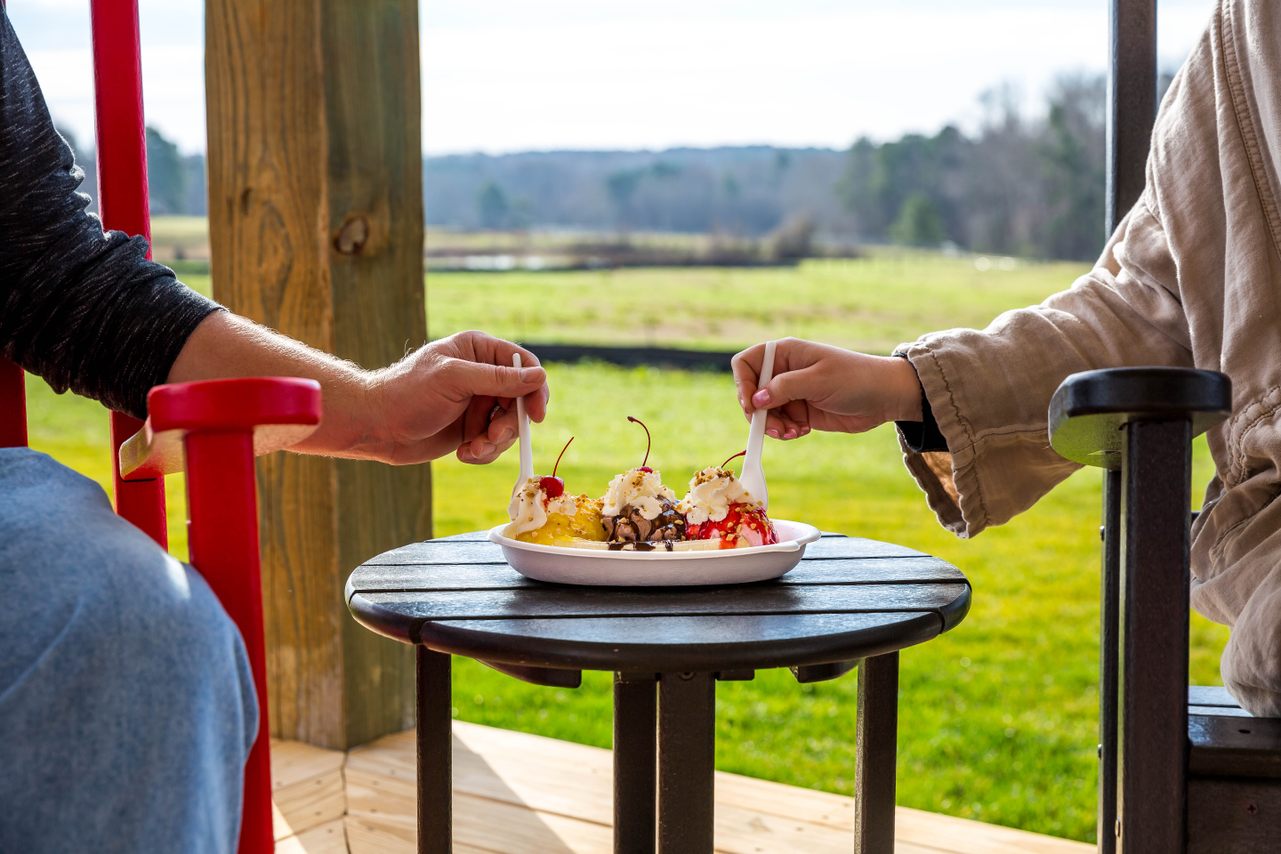
12. Howling Cow Dairy Education Center and Creamery
North Carolina State University in Raleigh is home to two special features that make it primed for exceptional ice cream production. First, they lead a lauded food science program. Second, they own a local 329-acre dairy farm. When you put them together and add a dash of unapologetic hedonism, you get Howling Cow ice cream.
What began as a research project in the 1940s eventually became a feature of the university’s cafeteria, but was only available on campus. In the 1970s, the ice cream debuted to the public at the North Carolina State Fair to great reception. In 1980, the school library made things more official by setting up a scoop station in their cafe.
Howling Cow got its name in 2008, making its way into local Harris Teeter grocery stores thereafter, but it’s still made on-campus using local dairy from the university’s 300-some cows in Raleigh. From cookie dough to lemon wafer, and from buttery almond to peanut butter spin, their offerings are varied and sure to please. The Dairy Education Center and Creamery is open from noon to 7 p.m. every day, making it a perfect after-lunch stop.
100 Dairy Ln, Raleigh, NC 27603
This post is sponsored by Partners of Travel South. Click here to learn more.




